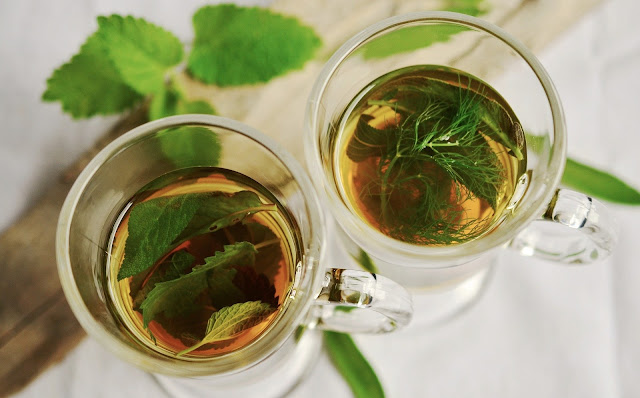Oxygen is an element indispensable for all aerobic organisms to sustain life (1). Cells produce energy mainly in the mitochondria through ox...
Oxygen is an element indispensable for all aerobic organisms to sustain life (1). Cells produce energy mainly in the mitochondria through oxidative phosphorylation, a series of electron transfer in the Electron Transport Chain (ETC), where oxygen is the final electron acceptor. During this process, it creates free radicles by the mitochondria. Oxidative stress produces free radicals. A 70 Kgs man may produce nearly 2 Kg of free radicals in his body in a year (2). It is comparatively a huge amount. Examples offree radicals with one or more unpaired electrons are superoxide, hydroxyl, andnitric oxide radicals
A molecule like oxygen is stable when it shares its electrons in the paired state, when it loses or gains an extra electron, it becomes unstable. This condition leads them to “steal” or take it from other biomolecules. This process leaves the biomolecules in the oxidative state, which can start pathological conditions. For example, when Low-Density Lipoproteins when becomingoxidized, causes atherosclerosis in the blood vessels and cause plaques inside the arteries
Oxidative stress and disease remained a chicken and egg puzzle for a long time. Earlier it was believed that disease caused oxidative stress in the human body. Now the consensus among medical fraternity is that oxidative stress leads to various disease conditions
“The human body has several mechanisms to counteract oxidative stress by producing antioxidants, which are either naturally produced in situ, or externally supplied through foods and/or supplements”(1). Antioxidants provide electrons needed for the stressed molecules and eliminate the free radicals
There are many biochemical markers to measure the quantity of free radical status in the body. An excessive free radical produces fatigue in the human body, and we could take this as a general standard for the common man to assess the status of his body. Thus wellness of human health is inversely proportional to the free radicals in the body
In this communication, we want to report a herbal drink (Matily Drink) we designed with natural products and tested in patients as case studies and among some volunteers. The pharmacological means of controlling hyperglycemia and hyperlipidemia are expensive for the poor masses without and income and insurance. Hence we developed a drink with natural ingredients and tested as a case study and on some volunteers. It reduced weight, hypoglycemia, and hyperlipidemia and gave better wellness feeling, even relieving wheezing difficulty in the patient.
In another case study, with a person who was a chain smoker and had a frequent cough, found relief for his cough after taking the drink for a month.
All the volunteers reported wellness feeling and found that they were energetic after taking this drink.
Based on these encouraging results, we were about to commercialize the product. However, now in the corona pandemic season, we bring it to the public domain hoping this drink may help people to boost their immunity and also some clinicians will try it on COVID 19 patients to see whether the severity of lung infection is reduced, as we found some benefit to the lungs in the above case studies.
Research paper at Global Journals:
https://globaljournals.org/GJMR_Volume20/4-Matily-Herbal-Drink-May-Reduce-Oxidative-Stress.pdf
Published by Global Journals






.png)







